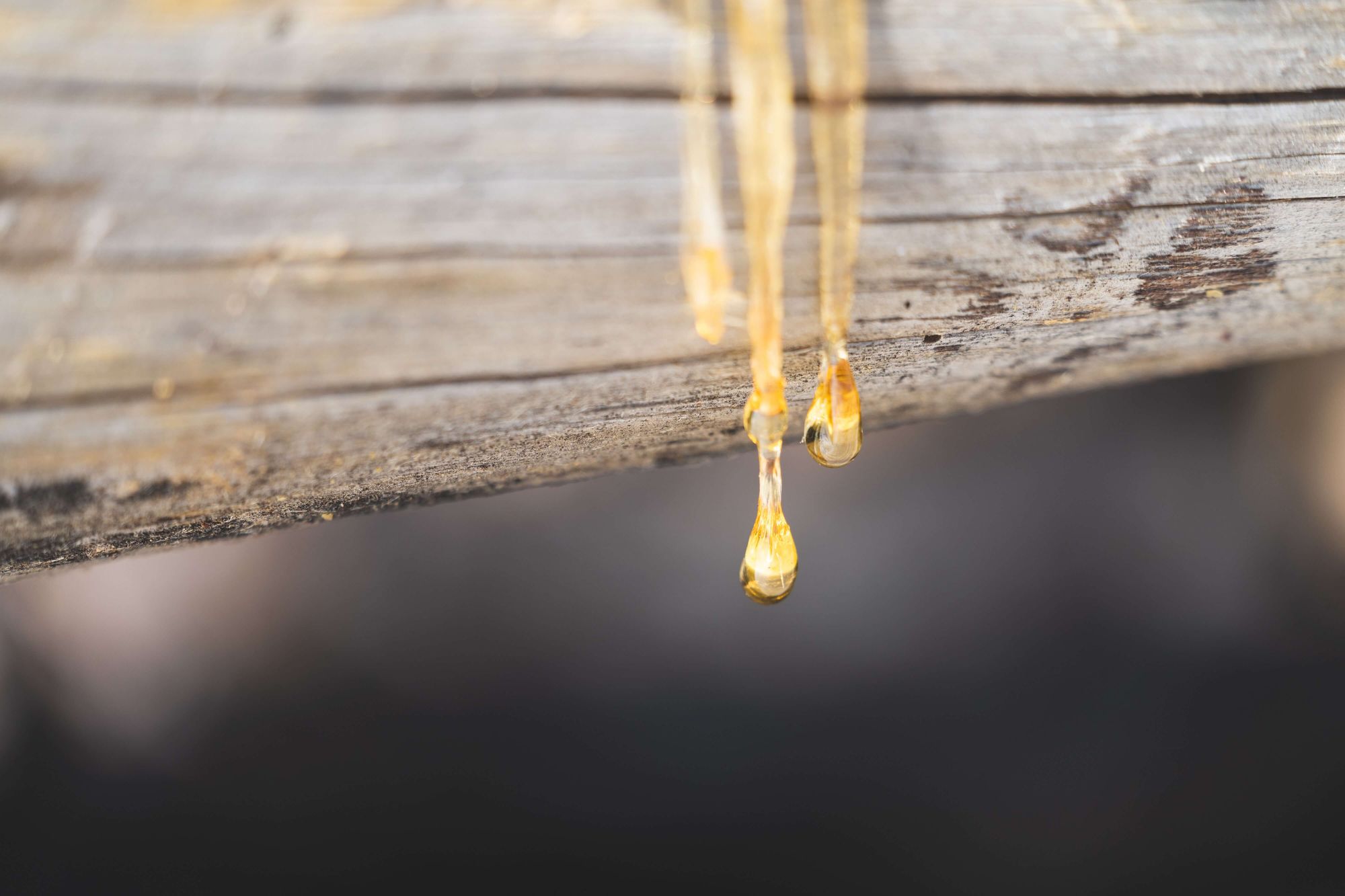UV Resin: Uses, Benefits & Frequently Asked Questions
Depending on your technical or creative savvy, you might or might not have heard of resin. Resin (also known as epoxy resin) is being widely used as a raw material in several applications. From 3D Printing to crafters taking on DIY projects - resin is everywhere!
One of the main reasons for the wide usage of resin is its flexibility. Resin can appear visually similar to several different substances. It can visually impersonate rocks, gemstones, and even colored glass. As a result of this, it is being widely used today in all kinds of different products and industries like architecture and jewelry design.
What is Resin?
Resin is differentiated from water because of its viscosity. In nature, plants secrete resin to protect themselves from injury. This plant-based resin has been used in history for thousands of years, tracing back to the ancient Egyptians. Today, it has wide application in the production of varnishes and adhesives.
The resin we use in our projects is not the same plant-based resin used by our ancestors. Resin is generally made from synthetic polymers and fossil fuels. It is a viscous organic compound that hardens when exposed to a catalyst. Epoxy resin is a two-part resin. This means that it needs to be mixed with another liquid to harden to its solid form.

What is UV Resin & How is it Different From Normal Resin?
The primary difference between UV resin and epoxy resin is that where epoxy resin needs to be mixed with a hardening agent, UV resin hardens in the presence of ultraviolet light, and in a much shorter period of time. UV resin is sold as a standalone liquid as it does not require mixing with a hardener, and can also harden when exposed to the right amount of sunlight.
Normal non-UV resin can take up to a day to cure. On the other hand, with UV resin you could have a finished product ready in under a minute!
UV Resin: Frequently Asked Questions
What is UV Resin Used For
Much like epoxy resin, UV resin has wide applications in both commercial and personal projects. It is used extensively in construction projects for sealing, bonding, and coating. In craft projects, UV resin can be used to make small pieces of jewelry, buttons, and other smaller knick-knacks.
How To Use UV Resin
To use UV resin, simply pour it into a mold and pop it under a source of UV light. There are a couple of other steps you can take to ensure that your finished piece does not have any air bubbles. You can use a toothpick to pop or swirl them out. If there are still some bubbles, you can use a heat gun (or another heat source) and run it over the top of your resin.
Once you are happy with the way everything looks, it is time to solidify your piece. Though it is possible to cure UV resin under the sun, you should keep a UV light to cure your pieces. This is far more efficient and weather-proof. Time taken to cure can vary, depending on the size of your piece. Generally, small pieces can solidify in about sixty seconds.
How To Color UV Resin
The most common way to color UV resin is by using colored pigments. These pigments are highly concentrated and you only need to add a small amount to your resin. You can mix primary colors to make any shade you want. Generally, it is better to mix your resin and your pigment in a separate silicone container before pouring it into your mold. This helps avoid air bubbles.
You can also use alcohol ink to color your UV resin. You might have to do a color sampling before making your final mixture, as the color of alcohol ink can vary dramatically when mixed with resin.
If you want your resin to be a bit more opaque, you can use chalk granules. Simply mix them with your UV resin to get a smooth finish. Other coloring options you could consider are glass paints, glitter, and even marker ink!
Are Resin & UV Resin Environmentally Friendly?
Resins come in several different forms, and the degree of eco-friendliness will vary based on what and how the resin is made. While eco-resins exist, the most commonly used resins are generally made from polymers. In some cases, these can either be made of recyclable material or have the ability to be recycled. However, in most cases, the resin is not the most environmentally friendly material to work with.
Some companies such as EcoPoxy have tried to combat this by creating bio-resins. Their epoxy resin has especially been crafted for the lumber and woodworking industry and is a great sustainable alternative to ordinary epoxy resin.
Terra Cast Products are manufacturers of residential and commercial products such as planters and lightings made predominantly from resin. Their products are made from eco-friendly, recycled, or recyclable resin. Their black resin is made from 100% post-consumer recycled materials.
Health Concerns With The Usage of Resin
Contrary to popular belief, the epoxy resin we use in crafts and personal projects does not have a high chance of exposure due to inhalation. The most common health concern attached with the usage of resin is the development of contact dermatitis due to skin exposure. This skin exposure happens when exposed skin comes in direct contact with hot resin. This can result in gentle skin irritation or allergic effects. If you're working with resin, take the necessary precautions to avoid direct skin contact. Wear protective equipment such as gloves or goggles.
Because of its fast-drying capabilities, UV resin has a wide range of uses. If you are just starting, you can buy a UV Resin Kit, which can be a good starting point to assemble the initial inventory. Make sure that your UV resin kit comes with a good quality UV light that can harden your piece in minutes. You will also need casting molds, color pigments, and utensils to mix your color and your resin. That should be sufficient to get you started on your resin journey.
